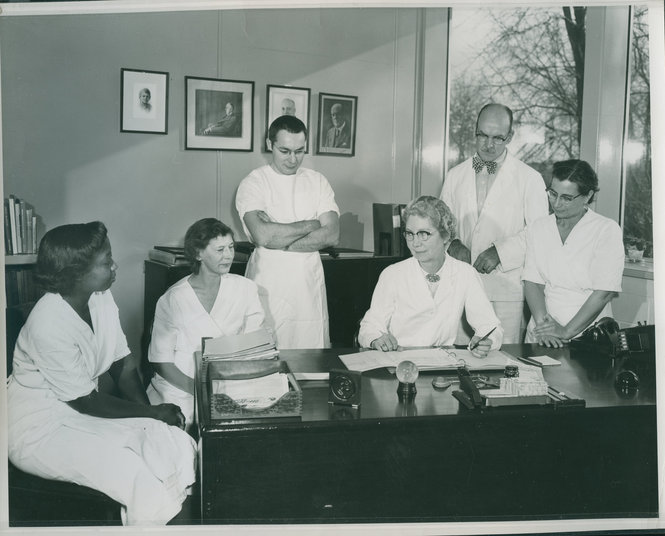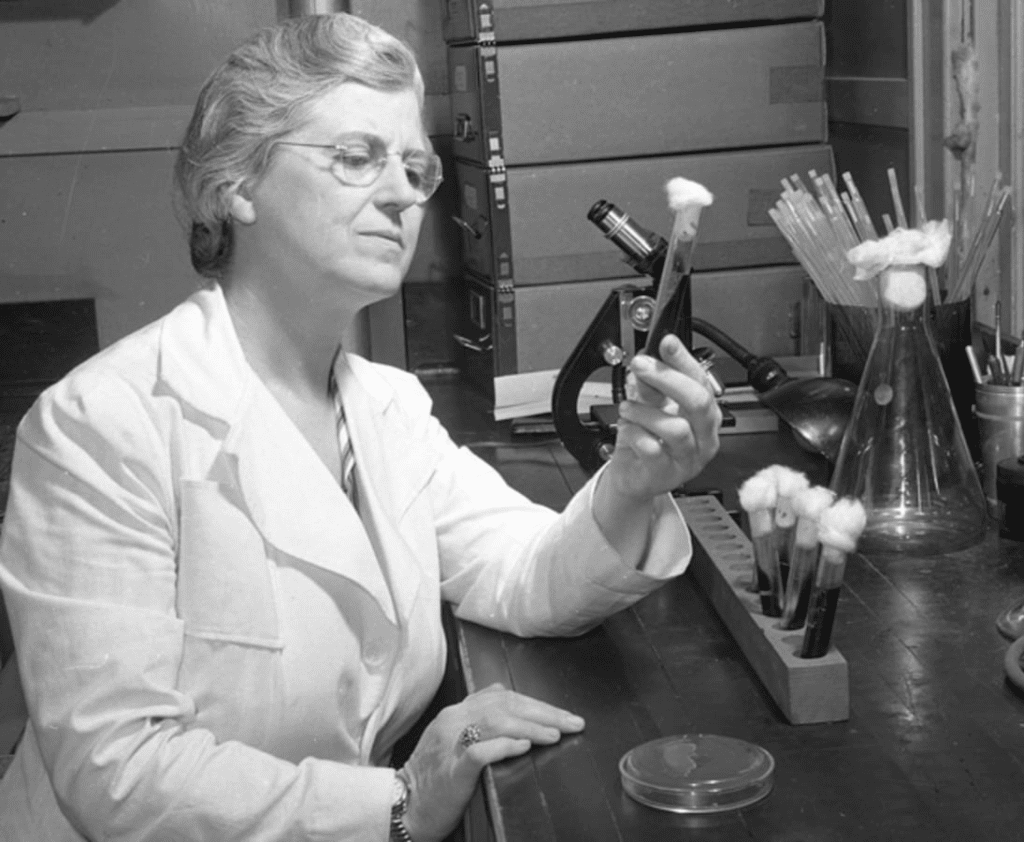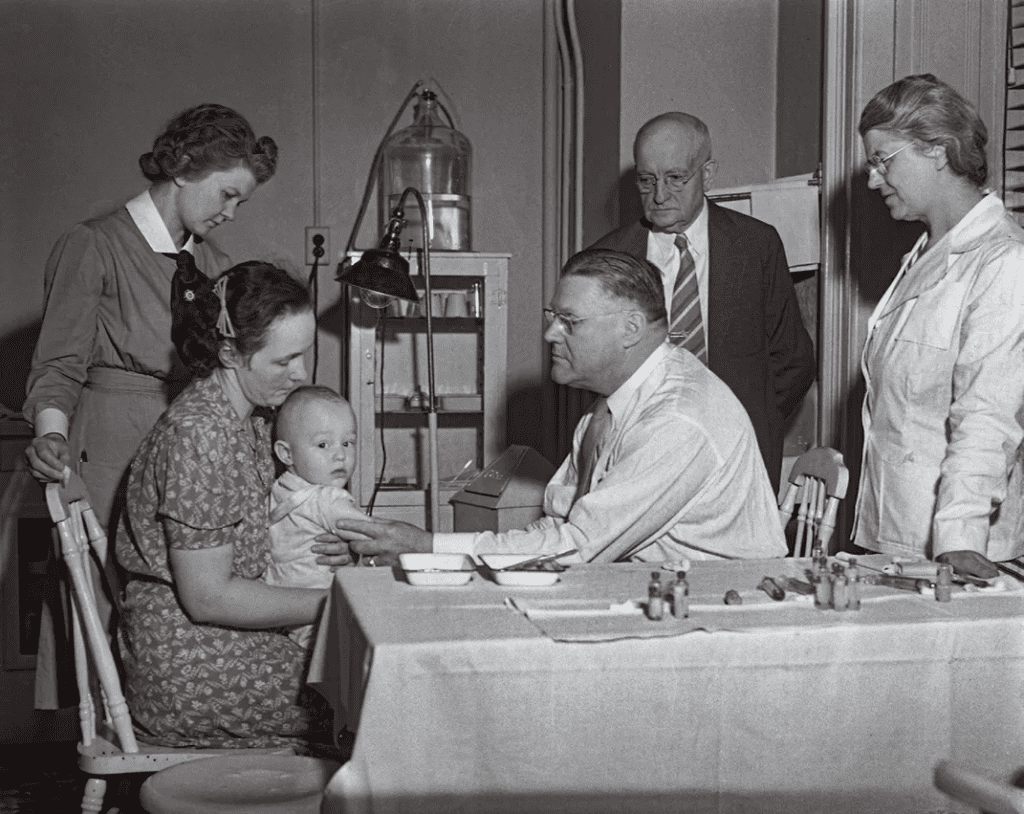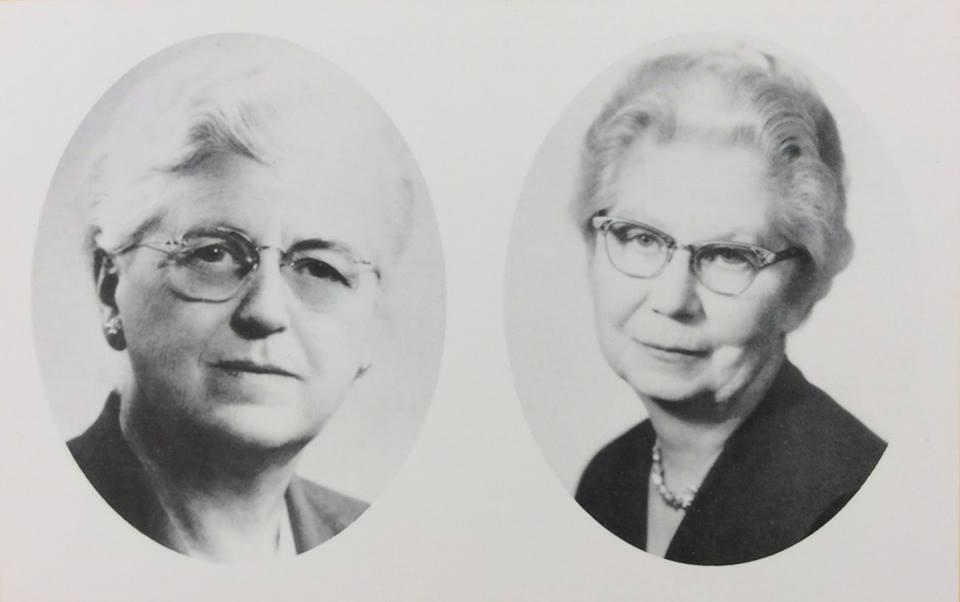In the early 1940s, while the world was focused on war abroad, two American women were quietly waging a different kind of battle from a small laboratory in Grand Rapids, Michigan. Their names were Pearl Kendrick and Grace Eldering, and their enemy was a microscopic killer known as pertussis, or whooping cough.
At the time, whooping cough was devastating communities across the United States, especially infants and young children. With no effective vaccine available, the disease claimed thousands of lives each year. Kendrick and Eldering, both trained bacteriologists, believed that science held the answer. They were determined not just to understand the disease, but to defeat it no matter the risk.

The Courage to Self-Test
In an era when female scientists were rare and often overlooked, Kendrick and Eldering were already breaking barriers. But their greatest act of courage came not in the lab’s routine but in the decision to inject themselves with their experimental vaccine.

At that time, there was no guarantee of success and certainly no safety net. Testing on themselves was a bold and risky move, but they were driven by urgency. Whooping cough had a high mortality rate, and they couldn’t afford to wait. They needed data. They needed to be sure their vaccine could help. So they stepped up and became their own first human subjects.
Their commitment didn’t end there. They organized clinical trials in the local community, collaborating with schools, teachers, and parents. With careful observation, rigorous follow-up, and strong public engagement, they built one of the most successful public health studies of the 20th century.
Video:
Pearl Kendrick: Revolutionizing Vaccines | Scientist Biography
A Breakthrough with Global Impact
The result of their tireless work was the development of the pertussis vaccine, a life-saving breakthrough that would later become part of the DTP (diphtheria, tetanus, and pertussis) vaccine still used today. Before their vaccine, pertussis infected hundreds of thousands of children annually. After its introduction, cases dropped by more than 99%.
Their achievement didn’t just impact the United States. The ripple effect of their discovery stretched across the globe. The DTP vaccine was adopted into national immunization programs worldwide, protecting future generations from a disease that once caused untold suffering.

Working Through Obstacles and Recognition Gaps
Despite their groundbreaking work, Kendrick and Eldering faced significant challenges, not only in scientific terms but socially and politically. They operated at a time when women in science were rarely given full credit for their contributions. They had to fight for funding, navigate public skepticism, and often worked long hours with minimal resources.
Yet they never wavered. Their sense of mission kept them going. They understood that public health was a long game and they were in it for the long haul.
Video:
Pearl Kendrick
They were also pioneers in scientific methodology, adopting some of the earliest community-based clinical trial practices, and focusing on education as much as immunization. They believed in earning the public’s trust, and they did it one household at a time.
A Legacy of Lifesaving Science
Today, we owe much of our current vaccine infrastructure to the foundational work of Kendrick and Eldering. They showed the world that effective disease prevention is possible when science, public service, and courage come together.
Their story is more than just one of scientific success it is a story of sacrifice. These women put their lives on the line so that millions of children could live. They believed in a better future and helped build it with their own hands, their own intellect, and their own immune systems.

Conclusion: Heroes in Lab Coats
Pearl Kendrick and Grace Eldering may not be household names, but their legacy lives in every child who escapes the grip of whooping cough. From a modest laboratory in Michigan, they launched a global health revolution. In doing so, they reminded us that science is not just about data or discovery it is about humanity.
Their bravery, their brilliance, and their belief in the power of knowledge changed the world. In times of uncertainty, their story stands as a shining example of how compassion and science can work hand in hand to save lives.


